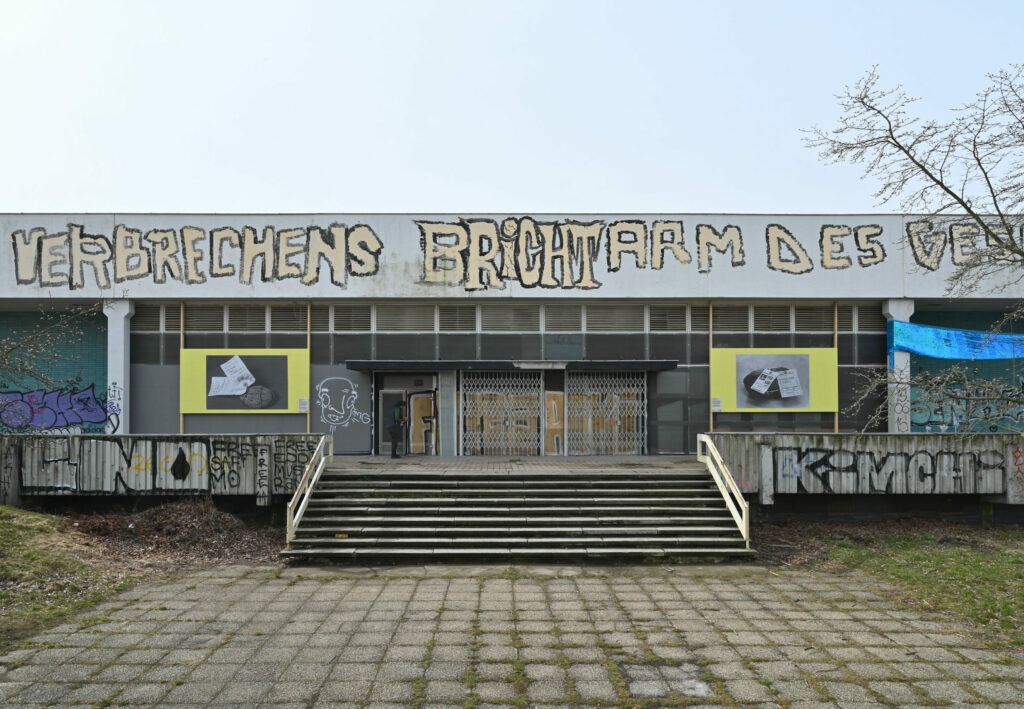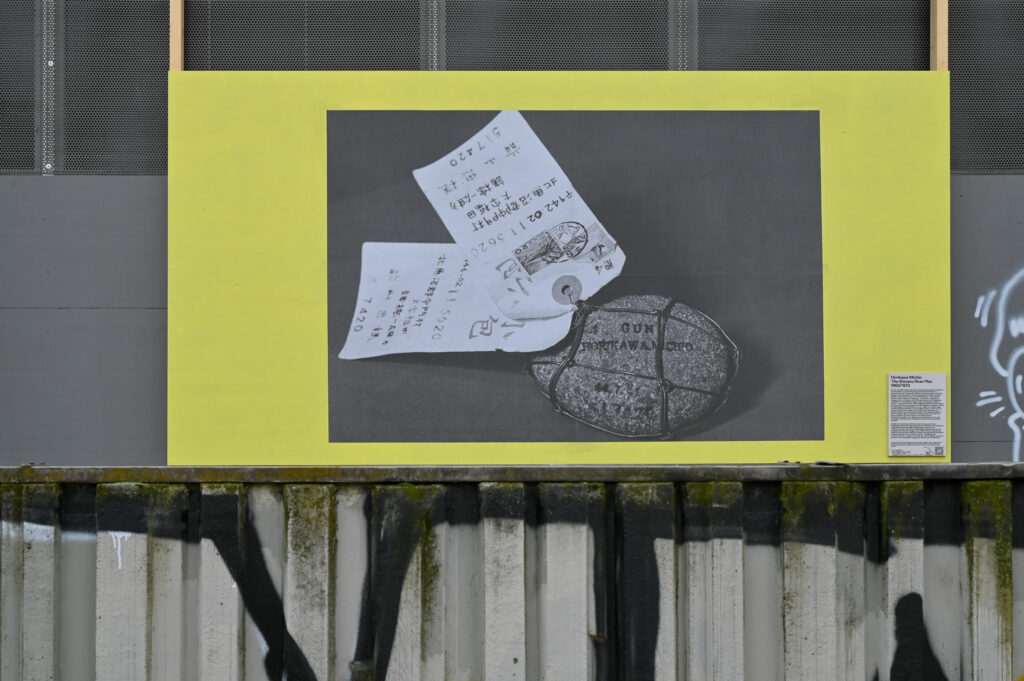On the occasion of the anniversary exhibition »Listening to the Stones« in Kunsthaus Dresden, curated by Miya Yoshida in collaboration with Christiane Mennicke-Schwarz und Kerstin Flasche.



On July 16,1969, the U.S. space shuttle Apollo 11 landed on the moon to collect rock samples from the lunar surface and bring them back to earth for scientific research. Inspired by this, in the 1970s the Japanese artist Horikawa Michio also began to collect stones – but the stones in his immediate environment. He carefully weighed and measured them, and finally sent the simple stone findings to various governments around the world – by mail. These unusual shipments, for which he wrapped the stones in wire mesh and attached postal tags and stamps, were intended to carry a message to the governments: It is our own planet that we should care about and look after, that we should explore carefully and whose resources we should conserve. The mailings with the inscriptions »Stone of the Earth« and »For Peace of World« have been sent to the former American President Richard Nixon and to other politicians as petitions for global peace.
From March to November 2022, the Kunsthaus Dresden – Municipal Gallery for Contemporary Art will present contemporary art in exhibitions that are open to the public and free of charge in the robotron canteen and on the future site of the new quarter being built here. To kick off this programme, the historical mail art project by the Japanese artist Horikawa Michio from the 1970s – the time when the robotron canteen was built – opens up questions about sustainability and a way of dealing with resources and existing buildings in the future.



Horikawa Michio (*1946 in Niigata) lives and works in Niigata, Japan. Photographs and objects by the Japanese artist were also shown in the exhibition »Listening to the Stones / Den Steinen zuhören« at the Kunsthaus Dresden from November 20, 2021 to March 6, 2022.

The historical photographs of the mail art project by the Japanese artist Horikawa Michio will be presented as part of the ending of the exhibition »Listening to the Stones«, which took place from November 20, 2021 to March 6, 2022 at the Kunsthaus Dresden. With its focus on a juxtaposition of human and geological temporalities, the exhibition celebrated the 30th anniversary of the Kunsthaus and the 160th year anniversary of Japan-Germany official relationship and at the same time critically questioned what humans know about time and (earth)history and what responsibility humanity has towards forms of existence with different temporalities .
The poster campaign in the outside area of the robotron canteen also forms a bridge to the CAMPUS Kantine project, which started in March and includes numerous artistic and interactive projects in the outside area of the robotron canteen.























